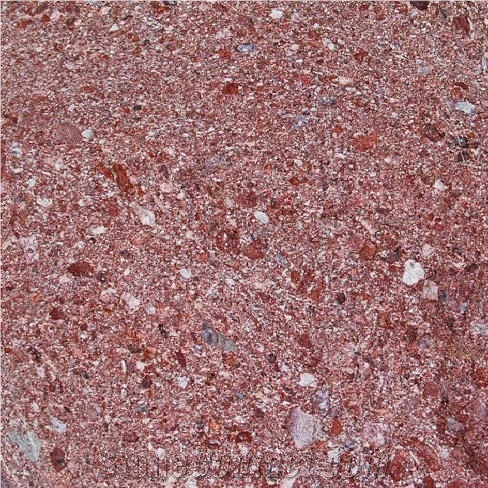Can Switzerland's Glarner Konglomerat Conglomerate be used in a kitchen?
The Glarner Konglomerat Conglomerate, also known as Glarner überschiebung or the Glarus Thrust, is a geological formation found in Switzerland. It consists of rocks that have been thrust on top of younger rocks, giving it a unique appearance.
While the Glarner Konglomerat Conglomerate is primarily used for geological purposes, such as research and study, it is not commonly used in kitchens. It is not suitable for kitchen applications for several reasons:
1. Durability: The conglomerate formation is not designed to withstand the daily wear and tear that kitchen surfaces are subjected to. It may crack, chip, or break easily under heavy use.
2. Porosity: The Konglomerat Conglomerate is a porous rock that can absorb liquids, potentially leading to staining or harboring bacteria if used as a kitchen countertop.
3. Maintenance: Due to its porous nature, the conglomerate requires regular sealing and maintenance to prevent damage and preserve its appearance. This makes it less practical for a kitchen where spills and heavy usage are common.
4. Availability: The Glarner Konglomerat Conglomerate is not widely available or marketed for kitchen usage. It is primarily valued for its geological significance rather than its practical applications in day-to-day use.
If you are looking for kitchen surfaces, there are numerous materials specifically designed and engineered for this purpose, such as granite, quartz, marble, or porcelain. These materials offer better durability, resistance to staining, and low-maintenance properties suitable for kitchen use.
The Glarner Konglomerat Conglomerate, also known as Glarner überschiebung or the Glarus Thrust, is a geological formation found in Switzerland. It consists of rocks that have been thrust on top of younger rocks, giving it a unique appearance.
While the Glarner Konglomerat Conglomerate is primarily used for geological purposes, such as research and study, it is not commonly used in kitchens. It is not suitable for kitchen applications for several reasons:
1. Durability: The conglomerate formation is not designed to withstand the daily wear and tear that kitchen surfaces are subjected to. It may crack, chip, or break easily under heavy use.
2. Porosity: The Konglomerat Conglomerate is a porous rock that can absorb liquids, potentially leading to staining or harboring bacteria if used as a kitchen countertop.
3. Maintenance: Due to its porous nature, the conglomerate requires regular sealing and maintenance to prevent damage and preserve its appearance. This makes it less practical for a kitchen where spills and heavy usage are common.
4. Availability: The Glarner Konglomerat Conglomerate is not widely available or marketed for kitchen usage. It is primarily valued for its geological significance rather than its practical applications in day-to-day use.
If you are looking for kitchen surfaces, there are numerous materials specifically designed and engineered for this purpose, such as granite, quartz, marble, or porcelain. These materials offer better durability, resistance to staining, and low-maintenance properties suitable for kitchen use.
 Switzerland
(Sihlbrugg, Zug)
Switzerland
(Sihlbrugg, Zug)

















 Germany
Germany